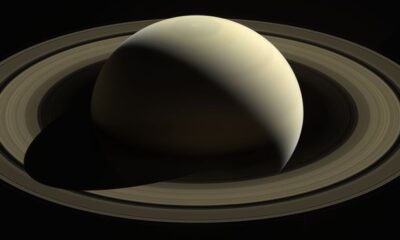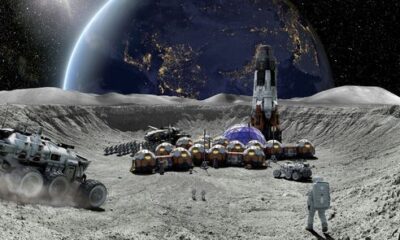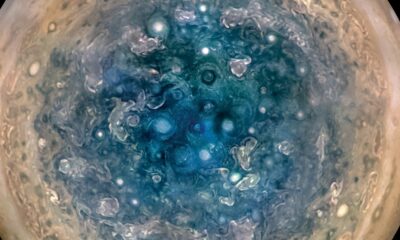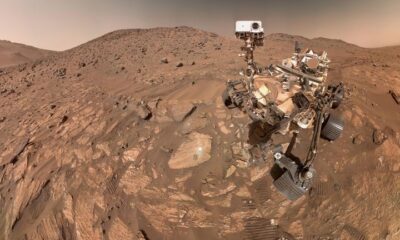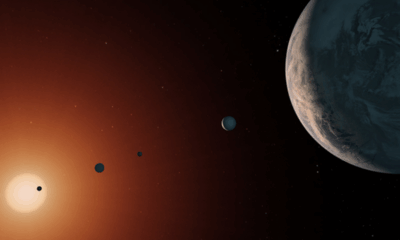Science
Witness Saturn’s Dazzling Opposition on September 21
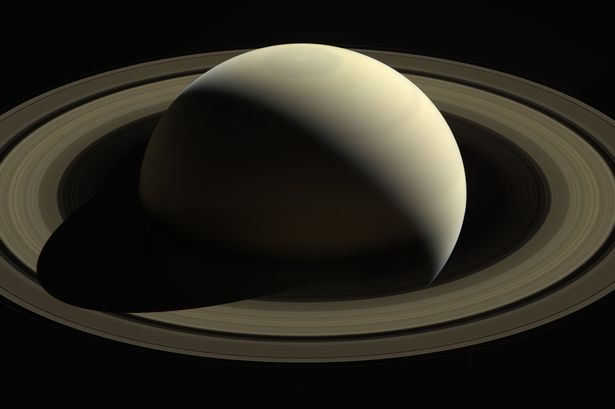
Saturn, the sixth planet from the Sun and the second largest in our solar system, will shine brightly this September as it reaches opposition on September 21, 2023. During this astronomical event, Earth will align directly between Saturn and the Sun, allowing the planet to appear at its closest and brightest for the year.
According to NASA, Saturn will be easily visible to the naked eye throughout the month. For those with telescopes, the planet’s stunning rings will be observable, enhancing the experience of stargazing. NASA noted, “While Venus and Jupiter shine in the eastern morning sky, the ringed planet will be incredibly bright in the eastern evening sky and western early morning sky.”
Historical Significance of Saturn’s Rings
The spectacular rings of Saturn were first described in detail by Dutch astronomer Christiaan Huygens in 1655. Subsequent explorations, particularly the flyby of Voyager 1 in the 1980s, revealed intricate details, including thousands of thin ringlets. Research from NASA’s Cassini mission indicates that these rings likely formed approximately 200 million years ago.
Saturn’s rings are composed mostly of ice and rock particles, with some being remnants of comets, asteroids, or even shattered moons that could not withstand Saturn’s formidable gravitational pull. As of June 8, 2023, the planet is known to have 146 moons, with ongoing discoveries awaiting official recognition by the International Astronomical Union (IAU).
Observing Saturn and Other Celestial Events
The phenomenon of opposition presents an ideal opportunity to observe planets, as they appear larger and brighter, dominating the night sky for extended periods. Such oppositions occur for major planets like Jupiter, Saturn, Uranus, and Neptune almost every year due to Earth’s faster orbit.
In addition to Saturn’s opposition, stargazers should look out for a conjunction on September 19. NASA invites enthusiasts to gaze eastward just before sunrise to catch a glimpse of the waning crescent Moon alongside Venus and Regulus, one of the brightest stars in the night sky. This conjunction will create a stunning visual display, as the three celestial objects will appear closely aligned in the sky.
As September unfolds, the chance to witness Saturn at its most dazzling and other celestial events makes this month a must for astronomy enthusiasts and casual observers alike.
-

 Entertainment2 weeks ago
Entertainment2 weeks agoAnn Ming Reflects on ITV’s ‘I Fought the Law’ Drama
-

 Entertainment1 month ago
Entertainment1 month agoKim Cattrall Posts Cryptic Message After HBO’s Sequel Cancellation
-

 Entertainment1 month ago
Entertainment1 month agoKate Garraway Sells £2 Million Home Amid Financial Struggles
-

 Entertainment3 weeks ago
Entertainment3 weeks agoMasterChef Faces Turmoil as Tom Kerridge Withdraws from Hosting Role
-

 Entertainment1 week ago
Entertainment1 week agoWhere is Tinder Swindler Simon Leviev? Latest Updates Revealed
-

 Entertainment2 weeks ago
Entertainment2 weeks agoITV’s I Fought the Law: Unraveling the True Story Behind the Drama
-

 Entertainment1 month ago
Entertainment1 month agoAldi Launches Cozy Autumn Fragrance Range Ahead of Halloween
-

 Entertainment2 months ago
Entertainment2 months agoSpeculation Surrounds Home and Away as Cast Departures Mount
-

 Entertainment1 month ago
Entertainment1 month agoMarkiplier Addresses AI Controversy During Livestream Response
-

 Lifestyle4 weeks ago
Lifestyle4 weeks agoSummer Flags Spark Controversy Across England as Patriotism Divides
-
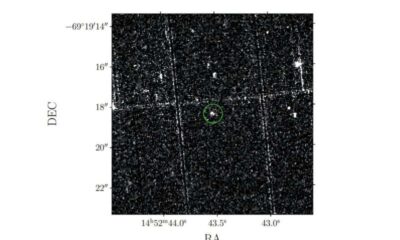
 Science2 months ago
Science2 months agoAstronomers Unveil New Long-Period Radio Transient ASKAP J1448−6856
-

 Health1 month ago
Health1 month agoWigan and Leigh Hospice Launches Major Charity Superstore

